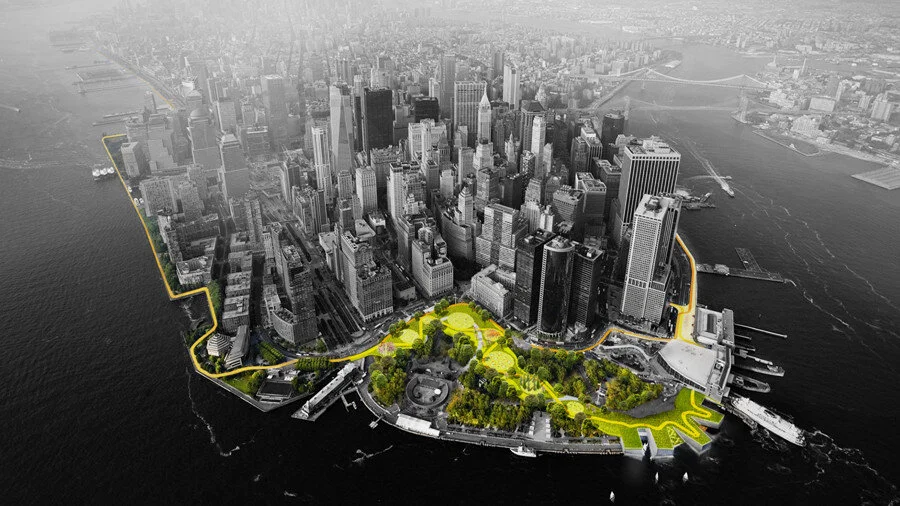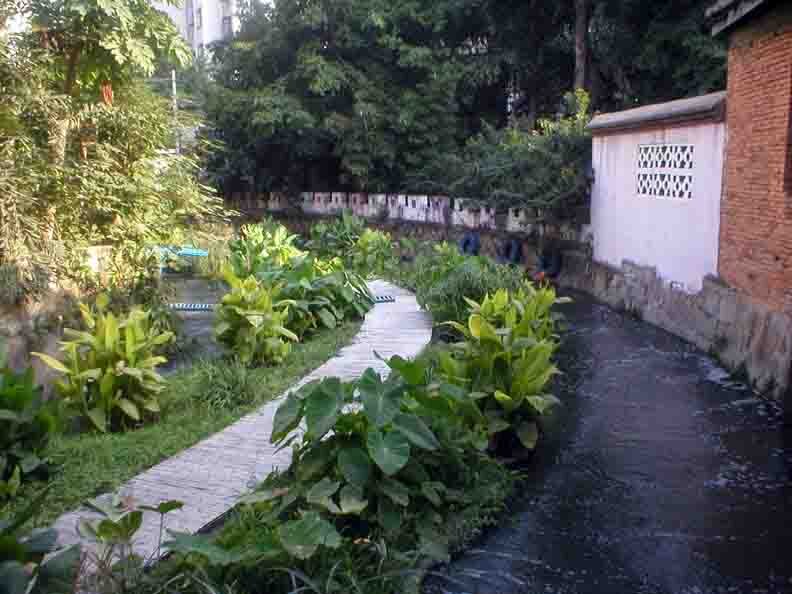Reconnecting to the East Bottoms
/For almost three months, the Kansas City Design Center studio has been tirelessly mapping, analyzing, and gathering quantitative and qualitative data in order to better understand the East Bottoms. As architects and urban planners, it is our responsibility to make rational decisions backed by research and analysis.
Over the last two weeks, the studio has had a couple of reviews of our progress by local design professionals and our advisory group.
At our studio review we welcomed Alex Ogata from Populous, Tim Duggan from Phronesis, James Pfeiffer and Alyssa Parsons from BNIM, Amanda Santoro from Hoerr Schaudt, Lauren Cano from Vireo, and Michael Frisch from the University of Missouri-Kansas.
Our second review was with our Project Advisory group— we had Joe Perry with PortKC, Jeff Williams, Gerald Shechter, and Lisa Treese with the City of KCMO, Kristin Riott from Bridging the Gap, and Christina Hoxie of Hoxie Collective at the KCDC to share their time and knowledge to help us move forward with the project.
There are a few key issues that we currently know about the site:
Despite having a riverfront park that is bigger than Central Park in NY, the Riverfront Park — totaling 955.45 acres— is underutilized and unaccessible to the public
While considered a historic area with the best physical connection to both the Missouri River and the Blue River, the East Bottoms is mostly disconnected from both of the rivers.
The entire East Bottoms is a flood plain and even though it is mostly flat, the eastern section still floods due to it being slightly lower in elevation.
The East Bottoms is not only in a state of blight, but it also has problems with water runoff not being managed, resulting in standing water throughout the site.
The area is industry and traffic heavy which results in air, soil, and water pollution. The East Bottoms has a number of brownfield sites.
The East Bottoms utilizes both a combined sewer and a separate sewer system. During rainfall, water fills up the combined sewer system causing overflow and sewage back ups into the Blue River.
Despite being directly adjacent to the downtown area, intersected by major highways and in proximity to prime locations such as downtown, Cliff Drive, the Rivermarket, and Columbus Park, the East Bottoms is disconnected from the rest of the city.
15,000 people commute to work in the East Bottoms but are offered no amenities surrounding their work place, effectively turning the East Bottoms into a no man’s land.
The East Bottoms is very well connected regionally, making it a thriving industrial area. As a result, the area sees over 80,000 vehicles a day and there is a constant threat of getting stuck in the site due to the large amount of train traffic that blocks off streets.
After examining these issues, the studio came up with a vision:
We hope to strengthen the relationship between KC communities and the water by improving the public realm while taking advantage of the East Bottoms’ natural geographic roots.
From this vision, we formed our overarching project goal:
To create a historic linear park that not only connects you to both rivers and takes you on a journey through the city, but also builds resiliency for the East Bottoms.
The linear park would transform infrastructure into recreation, connecting the East Bottoms to the West Bottoms to create a natural green loop that acts as an alternative method of transportation— ultimately connecting to George Kessler’s Parks and Boulevard System. This green loop not only has societal benefits, but also serves as a line of defense against flooding and drought because of its design as a living machine that harvests, treats, and stores stormwater.
Over the next month we will be busy with studio work before leaving for the holidays, but tune back in after the new year to see more focused conceptual plans for the East Bottoms!


























